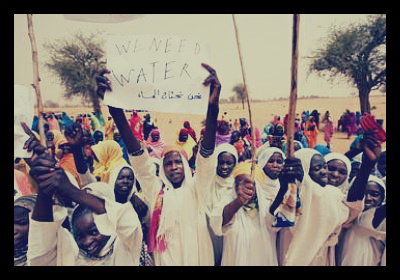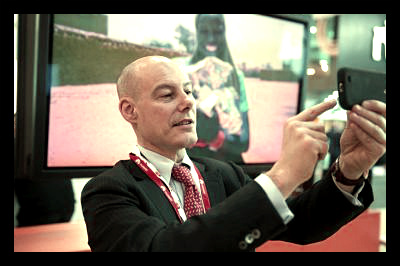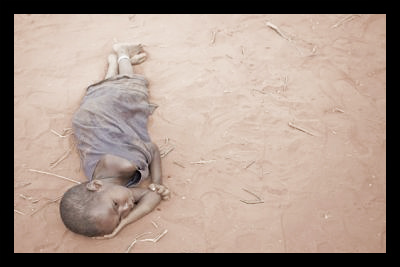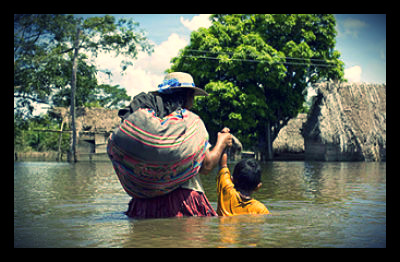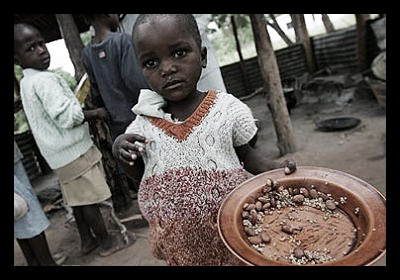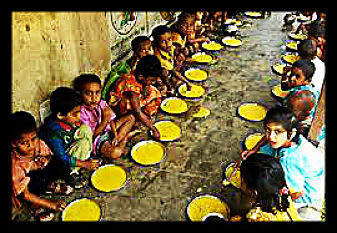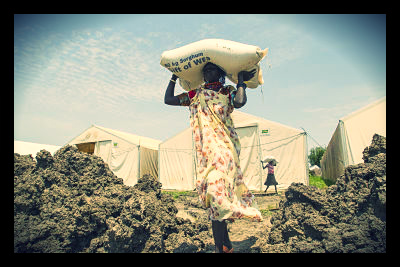
South Sudan urgently needs $230 million in international aid in less than 60 days, the United Nations Humanitarian Aid Coordinator in South Sudan, Toby Lanzer, forewarned. Without the international food aid, South Sudan may face a fate similar to Ethiopia’s famine in the 1980s, when hundreds of thousands died.
“We’re in a race against time,” said the U.N. coordinator Lanzer to journalists in Geneva. According to The New York Times, Lanzer had only one message to world leaders: “Invest now or pay later.”
With 3.7 million people on the brink of starvation in South Sudan, the U.N. now ranks its food crisis equivalent to Syria’s current predicament. Lanzer appealed for the most critical needs, such as food, water, seeds and farming tools, so that the South Sudanese will be able to plant the seeds before the start of the rainy season in late May.
“I am angry because we don’t have food to eat,” Nyadang told The New York Times. The mother of five does not object to the war itself, as her own brother was killed in Juba, capital of South Sudan, where government troops have been linked to civilian arrests and massacres.
Leaders of U.N. humanitarian aid agencies estimate that close to 255,000 South Sudanese have escaped to nearby countries, approximately 76,000 people sought refuge at U.N. bases across the nation and over 800,000 were driven away from their homes by the hostility that exploded in mid-December of 2013, when South Sudan President Salva Kiir claimed his former vice president, Riek Machar, attempted to overthrow the government.
“The (U.N) is seeking $1.27 billion for South Sudan for 2014, but received only $385 million in the first quarter of 2014, less even than in the equivalent period of 2013,” reported The New York Times.
“Already over one million people have been displaced and are in dire need of humanitarian assistance,” wrote David Crawford, Oxfam’s Acting Country Director for South Sudan, on the Oxfam website.
South Sudan is rich with oil, but also one of the world’s poorest nations. She became independent from Sudan in 2011. In spite of the peace deal after 20 years of civil war, the remaining grievances were not adequately dealt with. Abdul Mohammed, an African Union official told CS Monitor that the roots of conflict lay in South Sudan’s inability to unify the various ethnic groups in its nation building efforts.
In addition, those from the south have a deep-seated resentment over the lack of development in their poverty stricken region and blamed the northern Sudan government for taking their oil money.
While this is the first time South Sudan will face a major food crisis, Lanzer noted that the internal conflict has wreaked substantial harm on its already unstable and agriculture-based economy, drastically affected trade and slashed the production of oil down by 50 percent.
“The hostilities need to cease to give people the confidence to tend their land,” he added.
António Guterres, head of the U.N. refugee agency, visited west Ethiopia, where 90,000 South Sudanese fled to escape the violence. He told The New York Times, “The physical and psychological condition of these people is shocking. This is a tragedy I had hoped I would not see again.”
– Flora Khoo
Sources: New York Times 1, New York Times 2, Oxfam, CS Monitor, MLive
Photo: United Nations
